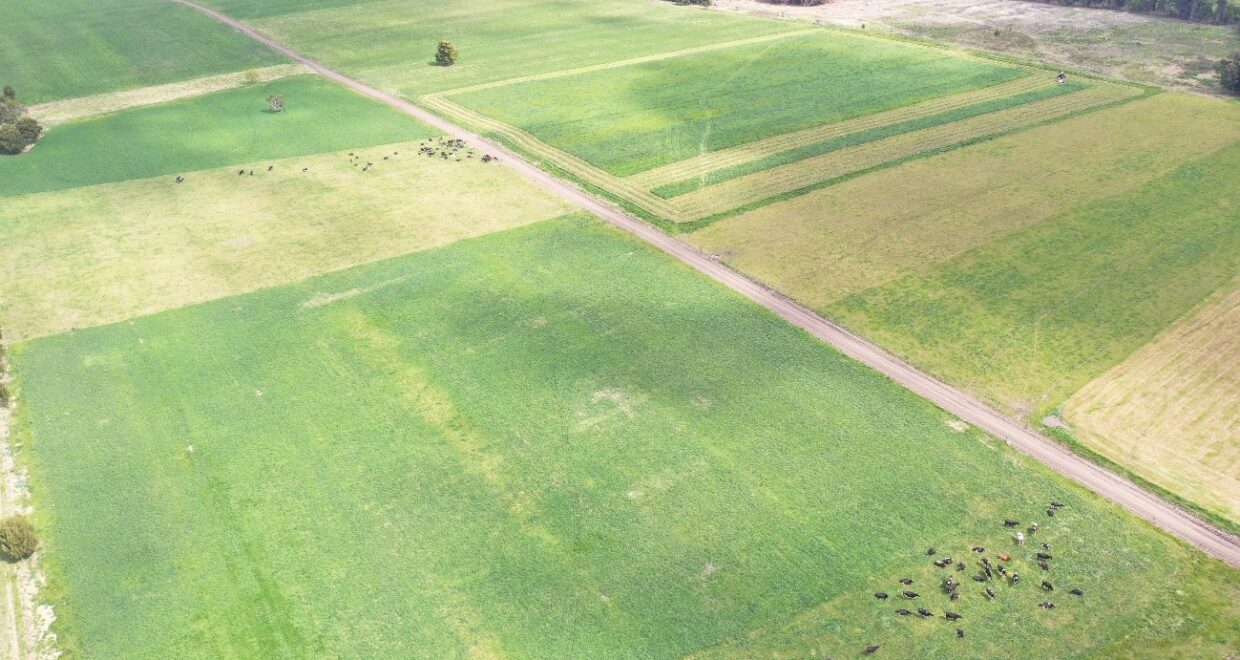Monitoring herbage mass and pasture growth rate of large grazing areas with different methods.
The paper “Monitoring herbage mass and pasture growth rate of large grazing areas: a comparison of the correspondence, cost and reliability of indirect methods“, published in The Journal of Agricultural Science, has been chosen as the latest Editorial Highlight and is freely available to download.
Farm homegrown forage produced is the cheapest feed that can be offered to the animals on a pasture based grazing systems. Exist a close link between pasture monitoring and forage productivity, animal performance and profitability of pastoral dairy production systems which has underlined the development of a variety of on-farm pasture assessment methods aimed at short term grazing management decisions. This, in turn, requires frequent and consistent monitoring of herbage mass (HM) and growth rate (GR) in all of the paddocks that are part of a grazing area. On one hand, HM of individual paddocks is useful to determine grazing cycles and length of time (e.g. paddock selection based on wedge plots), and spatially explicit paddock-level HM would further help determine more precisely daily strip-area to adjust forage allowance. So far methods performance on HM and GR estimations have been compared at paddock level and, differences between monitoring methods can have distinct consequences depending on the scale and decision considered. For that reason, this study analysed the correspondence and comparative costs and reliability of CDAX (pasture height reader) and the comparative yield method (COMPYLD) as tools to provide frequent and reliable monitoring of HM and GR of large grazing areas. Furthermore, we aimed at comparing GR derived from field measurements estimated by satellite-based information, under Uruguayan climatic and economic conditions.
There are several methods to monitor HM and GR with a diversity in terms of operational easiness, coverage area and price. The most implemented method by Uruguayan farmers is the simple visual approach which is highly adopted for its easiness of implementation and low initial cost. However, it presents constraints from the deviation between operators’ measurements and the necessity for training. There are other methods that combine high spatial description with fast information provision and a lower labour intensity, hence they require higher amounts of investment and maintenance.

Satellite-based estimations appear as an interesting option to combine measurements at high spatial resolution and low cost. However, the temporal frequency achieved in the present study would have severely limited the possibility of consistently making timely decisions due to the lack of both HM data and images during cloudy periods. In the present study, SAT exhibited constraints preventing its routinary use for effective short-term (weekly) decision-makings due to gaps in imagery and no estimation of HM. In principle, the high spatial resolution of SAT and the speed of CDAX could be combined to develop better decision-making.
Management decisions directly based on nominal HM, such as target HM and grazing strip size, would need to be adjusted depending on the method, but on the other hand, decisions based in temporal trends or GR, such as size and timing of set-aside areas for reserves, would be unaffected by method. Compared with COMPYLD, CDAX would be advantageous whenever high labour costs offset higher amortization, maintenance, and fuel costs, provided there is an alternative in place to monitor during downtime periods.
The Journal of Agricultural Science Editorial Highlights are selected by the Editor-in-Chief and are freely available for one month. View the recent selections here.






